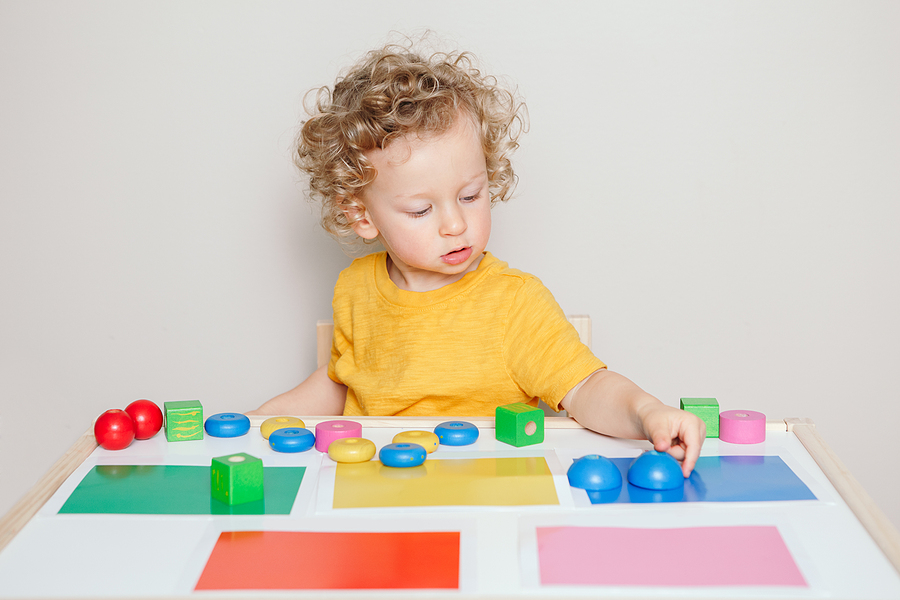In today’s world, children are constantly surrounded by technology. From their phones and tablets to video games and movies, children are exposed to a wide variety of content. One of the ways that parents can help ensure that their children are getting the best possible education is by providing them with age-appropriate toys and puzzles.
Color sorting toys and puzzles are a great way to encourage young children to learn about colors and shapes. Not only do they provide fun for the kids, but they also help teach basic math concepts. Whether you’re shopping for your own child or giving a gift to a friend or family member, be sure to check out our list of benefits of color sorting toys and puzzles for children.
Why Color Sorting is Important for Children?
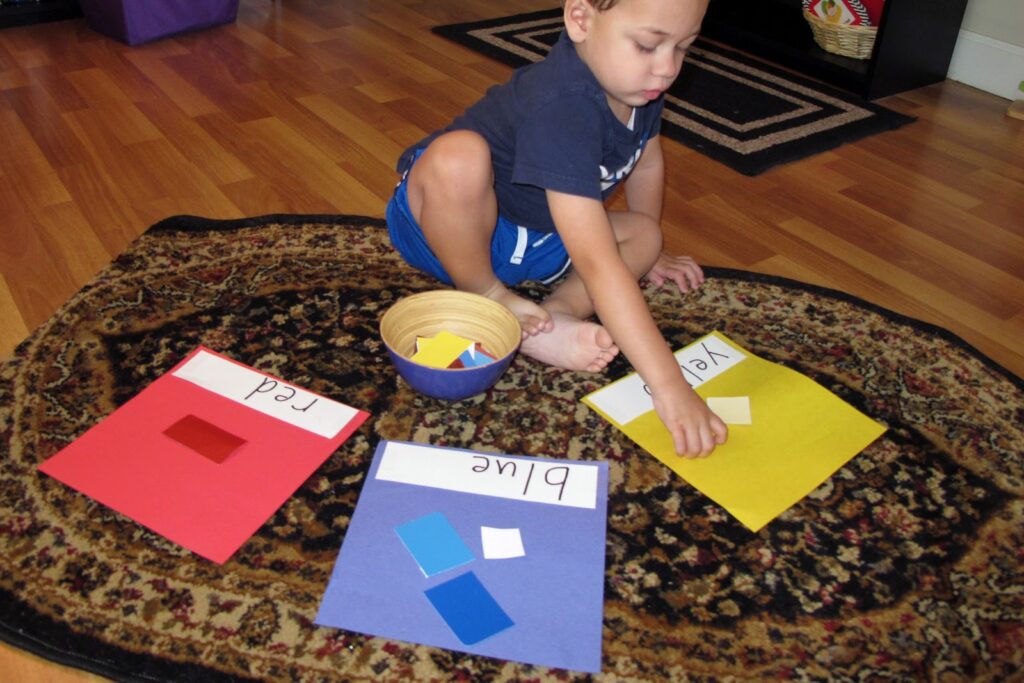
Source: jen-peacefulparenting.blogspot.com
Color sorting is important for children because it helps them to develop their cognitive abilities. Cognitive abilities are the skills that allow children to think abstractly, solve problems, and remember information. Color sorting toys for children can help children learn how to discriminate between different colors, which is important for their development of fine motor skills and visual discrimination.
One study found that children who were color-sorted outperformed those who were not on a test that measured how well they could identify simple geometric shapes. They also showed better performance on a test measuring attention span and working memory.
In another study, preschoolers who were color-sorted for 30 minutes a day for six weeks improved their ability to identify colors in a field setting. This improvement was seen even though the preschoolers did not spend any time practicing the identification task outside of the intervention session.
Overall, these findings suggest that teaching children about color sorting can have beneficial long-term effects on their cognitive abilities and school success.
How to Choose the Right Toy or Puzzle for Your Child?
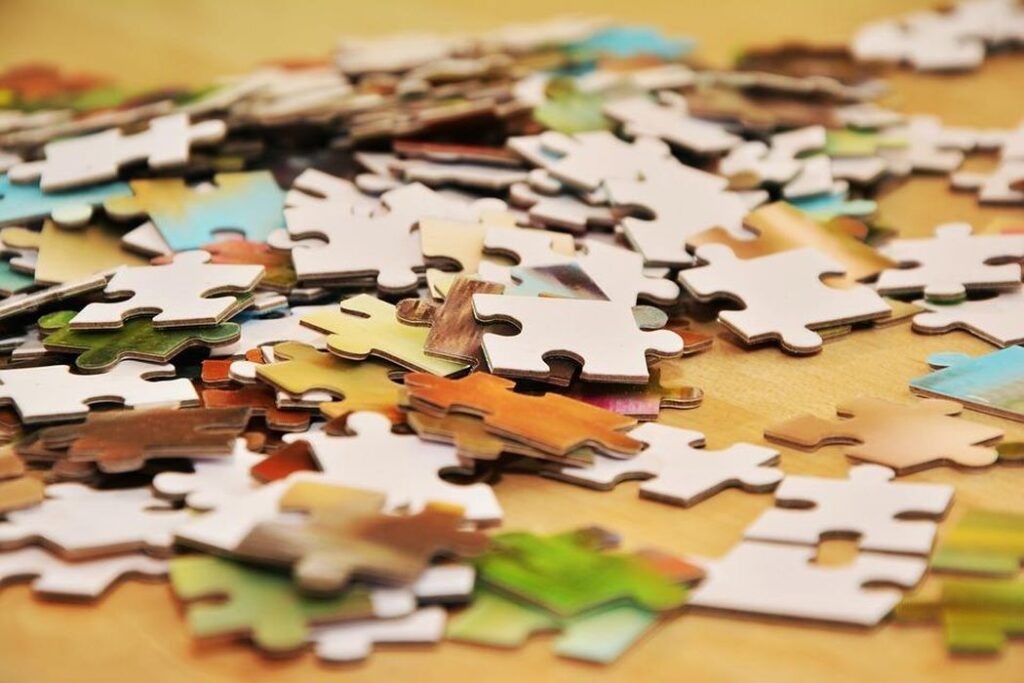
Source: puzzlestools.com
When it comes to choosing the right toy or puzzle for your child, there are a few things you need to keep in mind.
– First, consider what type of stimulation your child needs. Some kids need stimulating activities like puzzles to help them learn new things, while others just enjoy having something to do.
– Second, take into account your child’s age and developmental stage. Younger children might not be able to handle too many complicated puzzles or educational toys, and may prefer simpler ones that can be played with together. Older children might be more interested in more complex challenges.
– Third, think about what your family values are. Some families put a high value on creativity and problem solving, while others prioritize socializing and playing together. The best toy or puzzle for one person may not be the best choice for another family member.
– Finally, remember that toys are meant to be enjoyed – don’t get too attached to them! If something becomes too difficult for your child to play with or understand, switch out the toy for something easier or simpler. This will help encourage their natural curiosity and exploration without overstimulating them.
Different Types of Color Sorting Toys and Puzzles
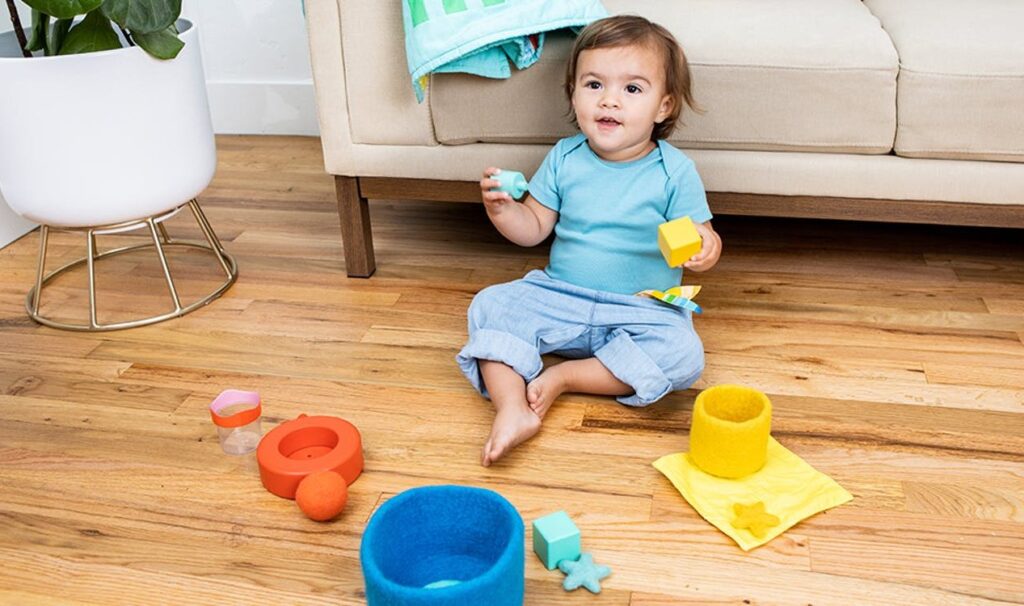
Source: lovevery.com
There are many different types of color sorting toys and puzzles for children available on the market. Here are some of the best ones:
Sequential color sorting toys. They provide a unique challenge for children as they must sort colored objects in order from one side to the other. This type of toy is perfect for ages 2-6 years old, and can help develop hand-eye coordination, problem solving skills, and spatial awareness.
Spotlight color sorting toy. This is similar to a sequential color sorting toy in that it requires children to move colored objects around a playing field in order from one side to the other. However, the spotlight color sorting toy adds an additional element of challenge by having bright light illuminate certain areas of the playing field at specific times during gameplay. This makes it ideal for ages 6+ years old.
Patterned color sorting toys. They are perfect for younger children who are just starting to learn how to sort objects. These toys typically have colorful bricks, blocks, or discs that the child must place into specific baskets according to a specific pattern.
Detachable shapes sorting toy. These toys come in a set of different shapes and are designed to be played with by children who are able to handle small pieces. These different shapes are then able to be detached from the toy and placed into one of four corresponding baskets.
Benefits of Playing with Color Sorting Toys and Puzzles
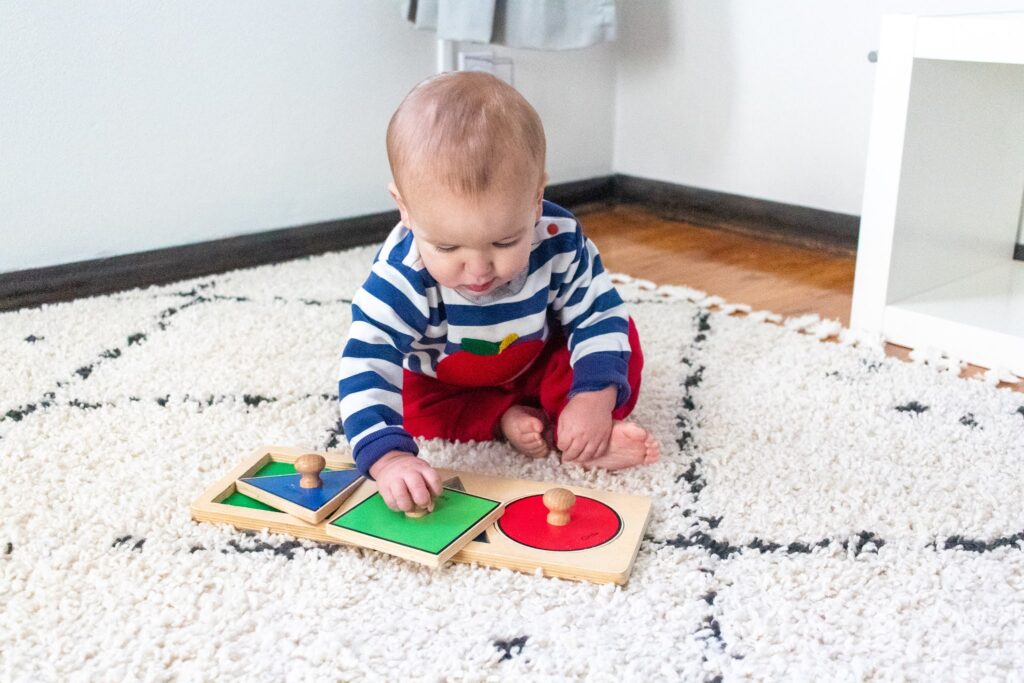
Source: thekavanaughreport.com
Color sorting toys and puzzles can provide children with a fun and engaging way to learn about different colors.
Some of the benefits of playing with color sorting toys and puzzles include:
- Helping children develop their spatial skills.
- Encouraging creativity.
- Enhancing problem-solving ability.
- Promoting fun and relaxation.
According to the American Academy of Pediatrics, color sorting can help children develop their visual-spatial skills. This is because it helps them to differentiate between similar objects, and learn how to organize things in space. It also encourages creativity. By mixing and matching different colors, children can come up with new combinations that they wouldn’t be able to create on their own. In addition, playing with color sorting toys and puzzles can help children learn about basic concepts such as fractions or measures. Lastly, playing with it can help build relationships between children. When one child is helping another sort the toy, they are teaching that child some valuable life skills.
If you are looking for the best toys for your kids contact Jeremys Home Store now for the best collection.
Conclusion
Children benefit from a variety of benefits when playing with color sorting toys and puzzles. They learn how to organize materials, develop problem-solving skills, and even improve their spatial awareness. Playing with these types of toys helps children become more independent and better equipped for success in life.

